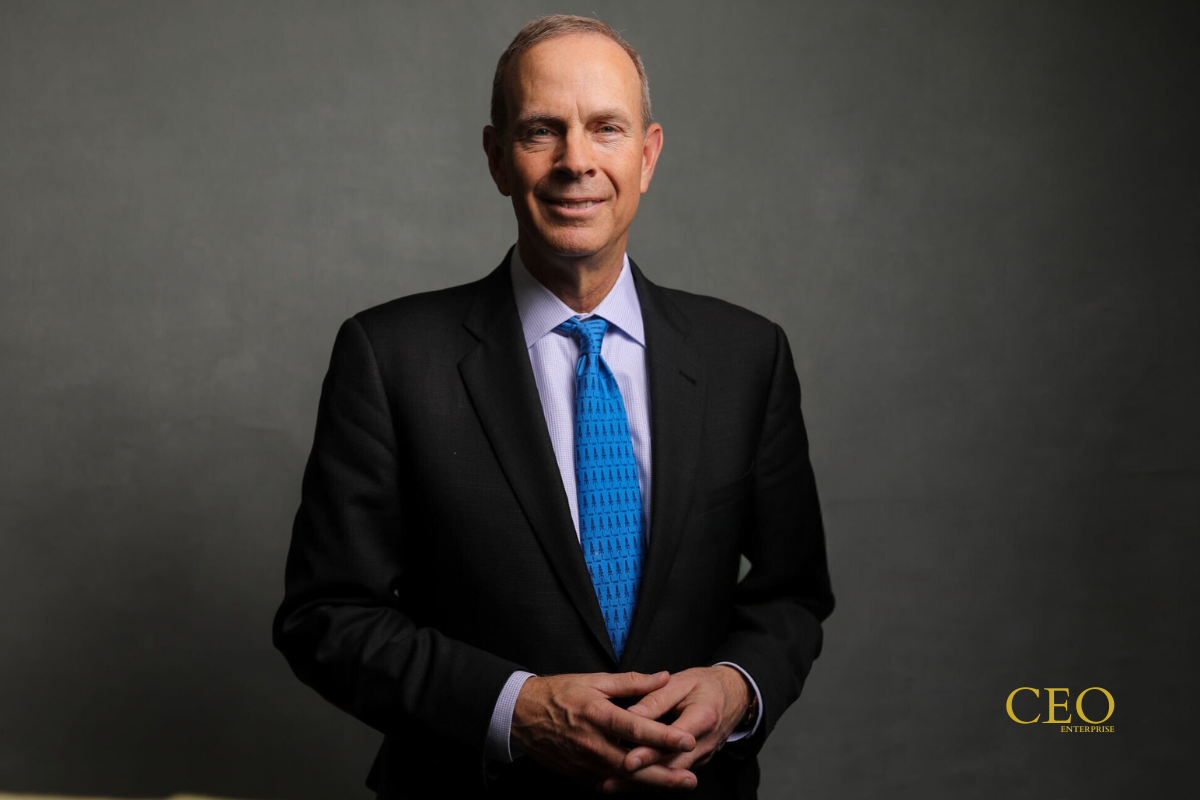Why Personalized Leadership Is Crucial Today Leading a company in today’s business environment requires much more than just financial acumen. CEOs must navigate rapid technological advancements like artificial intelligence (AI), embrace new communication tools, and meet shifting workforce expectations. In an era defined by both challenges and opportunities, personalized leadership…

Why Personalized Leadership Is Crucial Today
Leading a company in today’s business environment requires much more than just financial acumen. CEOs must navigate rapid technological advancements like artificial intelligence (AI), embrace new communication tools, and meet shifting workforce expectations. In an era defined by both challenges and opportunities, personalized leadership emerges as an essential strategy, helping leaders build meaningful connections with employees.
Effective leadership now revolves around fostering a positive workplace culture and human connection. As organizations evolve, recognizing employees individually becomes critical to building loyalty and engagement. This article explores how personalized leadership and building a high-performing team, exemplified by successful CEOs like Mike Wirth of Chevron and Geoffroy van Raemdonck of Neiman Marcus, drives organizational success by placing culture and human relationships at the forefront.
Handwritten Letters: A Simple Yet Powerful Leadership Tool
While email and instant messaging dominate business communication today, handwritten letters stand out for their personal touch. Mike Wirth, CEO of Chevron, has incorporated this old-fashioned gesture into his leadership style. He regularly sends personalized letters to employees, referencing their individual contributions and conversations during his visits to Chevron offices worldwide.
In an interview with David Novak, co-founder of Yum! Brands, on the How Leaders Lead podcast, Wirth shared, “When I was early in my career, receiving a note from a CEO would have been a big deal. Now, I try to create those same meaningful moments for others.”
This intentional gesture reflects more than nostalgia—it signals genuine appreciation. Geoffroy van Raemdonck, CEO of Neiman Marcus, follows a similar practice, sending daily handwritten thank-you notes to employees. These actions highlight the importance of personalized leadership and building a high-performing team fostering meaningful engagement and trust within an organization.
Building Culture Through Personalization
Both Wirth and Raemdonck emphasize that culture is an organization’s most valuable asset—something that cannot be outsourced. Wirth explains, “You build culture the old-fashioned way—one person, one interaction at a time.” Personalized actions, like writing thank-you notes, play a key role in building this culture. These non-scalable, intentional efforts create lasting impressions, encouraging deeper engagement from employees.Leaders who prioritize personalized leadership and building a high-performing team signal to their workforce that they are valued as individuals.
This approach cultivates loyalty, helping employees feel seen and appreciated. Beyond letters, this humanized form of leadership is essential in today’s business landscape, where employees seek meaning and belonging, not just paychecks.
Why Recognition Matters in Leadership
As companies grow, the distance between executives and employees can widen. However, recognition bridges this gap. Numerous studies show that personalized recognition directly improves employee satisfaction, engagement, and performance.
According to a survey by Canva, 81% of employees who feel appreciated report high job satisfaction, compared to just 7% among those who feel unappreciated. Furthermore, 94% of appreciated employees say they enjoy their workplace, while only 18% of unappreciated employees feel the same. Recognition also drives productivity—87% of respondents in the survey reported that feeling valued boosted their motivation, and 84% said it improved their productivity.
For CEOs, building a culture of appreciation through personalized leadership and building a high-performing team delivers tangible benefits, such as improved performance, increased productivity, and better talent retention. In competitive industries, personalized efforts help attract and retain top talent, giving companies a crucial edge.
Creating a Sense of Belonging Through Personalized Actions
In a workforce increasingly motivated by purpose, small gestures like handwritten notes become powerful tools for building connection. Leaders can no longer rely solely on financial incentives to retain talent—employees now seek authentic relationships and recognition. By personalizing the work experience, CEOs foster a sense of belonging that boosts morale and strengthens organizational culture.
Listening actively to employees and acknowledging their contributions are fundamental elements of personalized leadership and building a high-performing team. This leadership style enables companies to thrive, even in a world driven by technology and automation. While machines can enhance efficiency, human connection remains irreplaceable.
Leading with Personalization in a Tech-Driven World
In a rapidly evolving business landscape, personalized leadership and building a high-performing team stands out as a critical strategy for CEOs. Leaders like Mike Wirth and Geoffroy van Raemdonck demonstrate how thoughtful, intentional acts—like writing handwritten notes—can drive employee engagement and build a thriving culture.
The most successful CEOs understand that leadership is about more than business strategy. It’s about creating meaningful connections and recognizing employees as individuals. As companies compete for top talent and navigate technological disruptions, the ability to humanize leadership will continue to be a defining factor in long-term success.
Personalized leadership and building a high-performing team is no longer optional—it’s essential for fostering engagement, boosting performance, and building resilient organizations prepared for the future.
